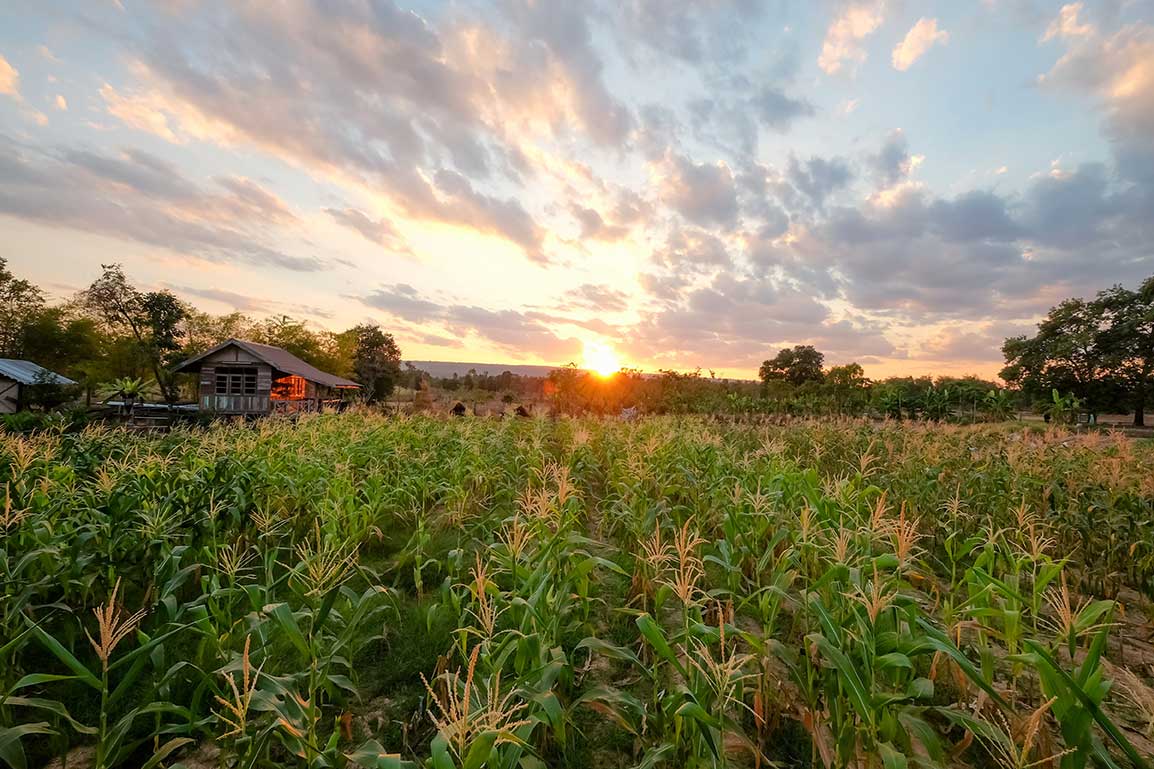A review of over 500 scientific publications—a so-called meta-analysis—analyses analyzes the potential of organic farming. It shows that in many areas, organic farming results in lower environmental impacts than other forms of agriculture.
Organic farming has a positive impact on biodiversity: the number of species of arable flora (plus 95%), field birds (plus 35%) and flower-visiting insects (plus 23%) is significantly higher than in conventional production.
Organic farming is considered a sustainable form of agriculture and is therefore specifically promoted. However, there are different assessments of its potential in politics and science. In order to get a well-founded overview of the current state of knowledge and to evaluate the social services provided by organic farming in a differentiated way, a research consortium has evaluated the scientific literature on this topic.
Evaluation of 528 publications
The study paid particular attention to the areas of water protection, soil fertility, biodiversity, climate change mitigation and adaptation, resource efficiency, and animal welfare. The authors of the study evaluated 528 publications in which a total of 33 parameters were compared between organic and conventionally managed farms. The results have now been published in the International Journal Organic Agriculture. On this occasion, Jürn Sanders, lead author and Chair of the FiBL Management Board, took a closer look at the results in a new FiBL Focus podcast (German only).
More earthworms and biodiversity—no clear trend for phosphorus
The study makes it clear that organic agriculture has great potential for protecting ground and surface water. The absence of synthetic chemical pesticides has a positive impact here. In the studies evaluated, organic farming also reduced nitrogen emissions by an average of 28%. The advantages of organic farming are also apparent in soil fertility. The abundance and biomass of earthworm populations were, on average, 78 and 94% higher, respectively. In 62% of the comparisons, organic farming resulted in lower acidification in the topsoil. However, no clear trend could be identified for the plant-available phosphorus content.
Organic farming also has positive effects on biodiversity. For example, the mean species number of arable flora is increased by 95%, that of field birds by 35% and that of flower-visiting insects by 23%.

Climate protection unclear, but positive in terms of resource consumption
The contribution of organic farming to climate protection is less clear. According to the evaluation, organic farms emit, on average, 1082 kg less CO2 equivalents per hectare and year due to a higher carbon storage rate and reduced nitrous oxide emissions. However, due to the lower yield levels in organic farming, the yield-related climate protection benefits are probably comparable to those of conventional agriculture.
The study results also emphasize that organic farming can contribute to the prevention of erosion and flood protection. The humus content and aggregate stability were, on average, 26% and 15% higher, respectively, in organic farming; a difference of 137% was found for infiltration. This reduces surface runoff and soil erosion.
The economical use of resources in organic farming is reflected, among other things, in nitrogen and energy efficiency. In both areas, organic farming proved to be more advantageous. In crop farming, nitrogen efficiency was, on average, 12% higher and energy efficiency 19% higher than in conventional farming.
When it comes to animal welfare, management appears to be more important
No clear picture emerged for animal welfare. In 46% of the comparison pairs, no clear differences were found between organic and conventional animal husbandry. The organic management approach showed advantages in 35% of the comparison pairs, and the conventional approach in 19%. No fundamental differences were found in animal health; management appears to be more decisive here than the farming method.
In addition to FiBL, the following institutions were also involved in the publication in the Journal Organic Agriculture: Thünen Institute, University of Kassel, The Bavarian State Research Center for Agriculture, Justus Liebig University Giessen, Leibniz Centre for Agricultural Landscape Research, Technical University of Munich and the Center for Applied Research and Technology at the Dresden University of Applied Sciences. The project was funded by the German Federal Ministry of Food and Agriculture (BMEL).
Further information available at www.fibl.org
Reprinted with permission of Bio Eco Actual.
Subscribe to Bio Eco Actual Newsletter and be up to date with the latest news from the organic sector at https://www.bioecoactual.com/en/.





